 By Stephen Payne, B.E.G.
By Stephen Payne, B.E.G.
St. John’s College, a constituent college of the University of Cambridge, which is ranked fourth in the Higher Education World Reputation Rankings, was founded in 1511 by Lady Margaret Beaufort, mother of King Henry VII. It has some parts that date back to the 1200s. The college’s alumni include winners of ten Nobel Prizes, seven prime ministers, twelve archbishops, two princes and even three Saints.
Due to St. John’s College’s need to accommodate more students in the early nineteenth century, the gothic-style New Court building was completed in 1831. As part of the refurbishment of the New Court building, an intelligent lighting system was required.
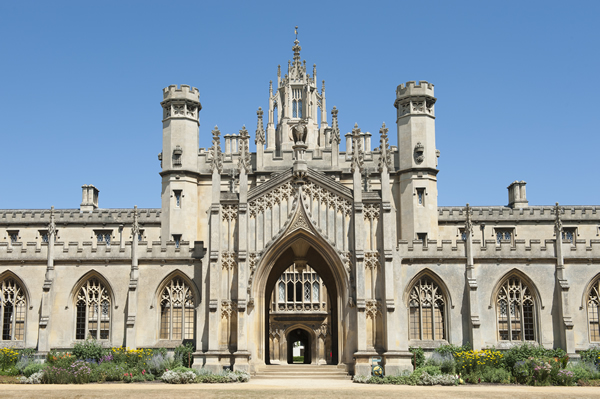
The brief
The areas to be covered included a magnificent spiral staircase and surrounding lobby spaces. The brief for the lighting control system was that it reduce operating costs whilst minimising light pollution and meeting the needs of the building’s architectural sensitivities.
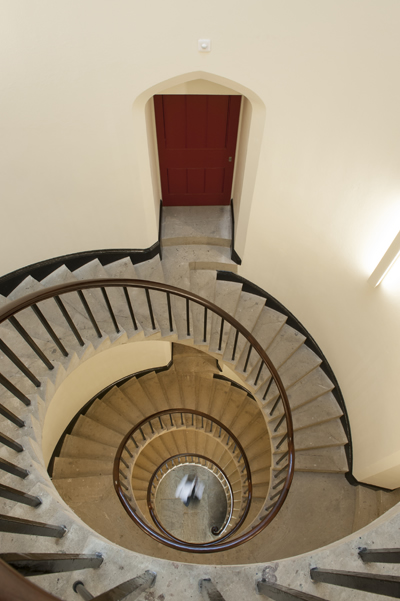
The solution
Cambridge-based Baulogic Limited, which specialises in the design, installation and maintenance of building control solutions, in conjunction with B.E.G., carried out a detailed site survey. It was decided that presence detection would be used, and taking into consideration the building’s unusual design, the company selected the B.E.G. wall-mounted Indoor 180 KNX ST detector.
Most of the lobby spaces on either side of the central spiral staircase have tall cathedral ceilings, with archways between each area, neither of which Baulogic was allowed to touch. The B.E.G. wall-mounted KNX 180 ST detectors were chosen for these areas and were mounted at 2.4m off the floor. Their frames were colour-matched to the paint colour which had been selected by interior designers Eve Waldren Design.
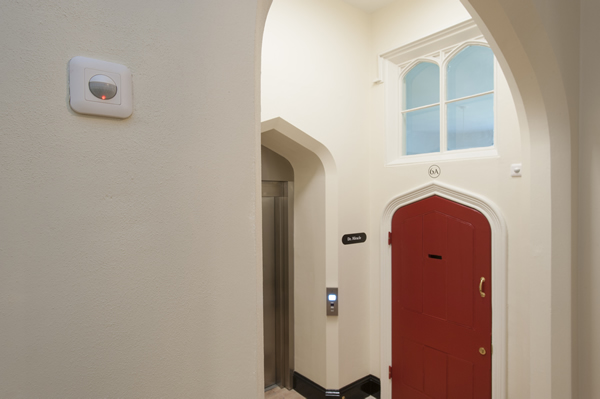
The overall effect is very pleasing because the detectors blend nicely into the renovated 1830s neo-Gothic spaces whilst still providing excellent coverage to catch Fellows and guests as they exit their rooms surrounding the lobby spaces on all sides.
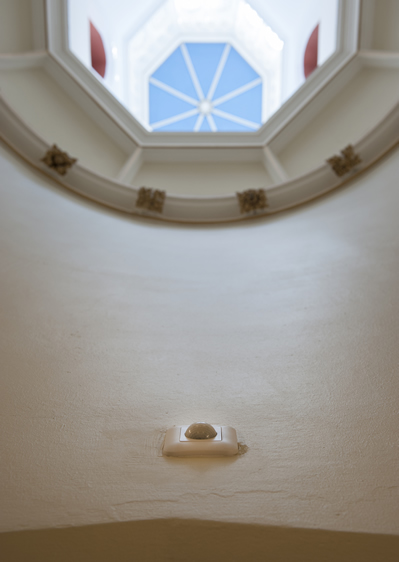
In a few areas, B.E.G. was able to employ the ceiling-mounted detector PD4N KNX ST, which gives coverage of up to 24m diameter. When fine-tuning the detection areas, the decision was made to fit some detectors with lens shields in order to prevent lights from being triggered when people are just walking past, as opposed to entering an area. Shields are intelligently designed to slip over an existing lens, so they do not change the overall appearance of a detector, and can be modified to give clearly-defined detection areas. The shields are seen as a great addition, because the lights come on only when needed, thus saving energy when not required.
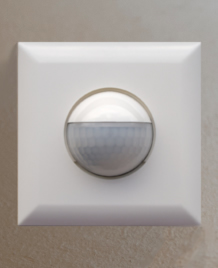
Conclusion
There were some interesting challenges, as this celebrated college building had certain unique features, such as the archways. Between B.E.G. and Baulogic Limited, we came up with a tailored solution that provided a fantastic lighting solution for St John’s College which will reduce its running costs and limit its light pollution.
Stephen Payne is the Systems Sales Manager at B.E.G., a German manufacturer founded in 1975, that provides one of the widest ranges of presence and motion detectors in the controls market today.












